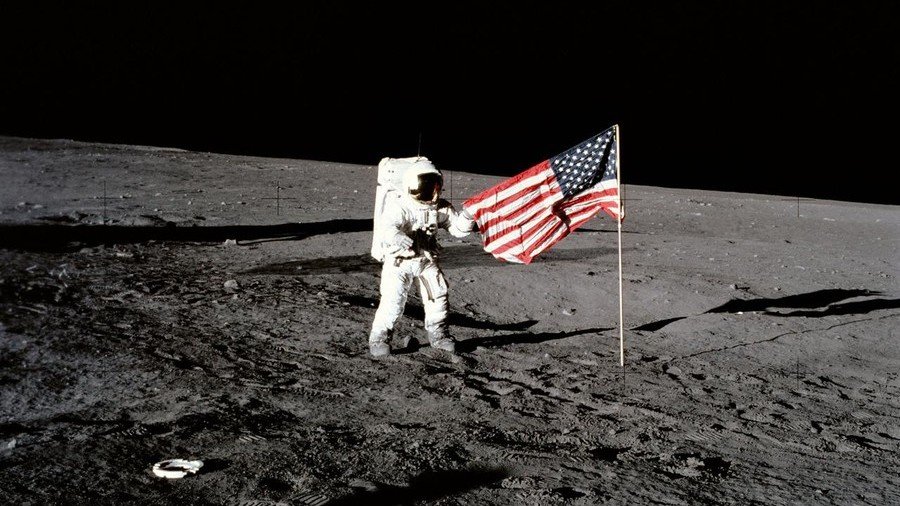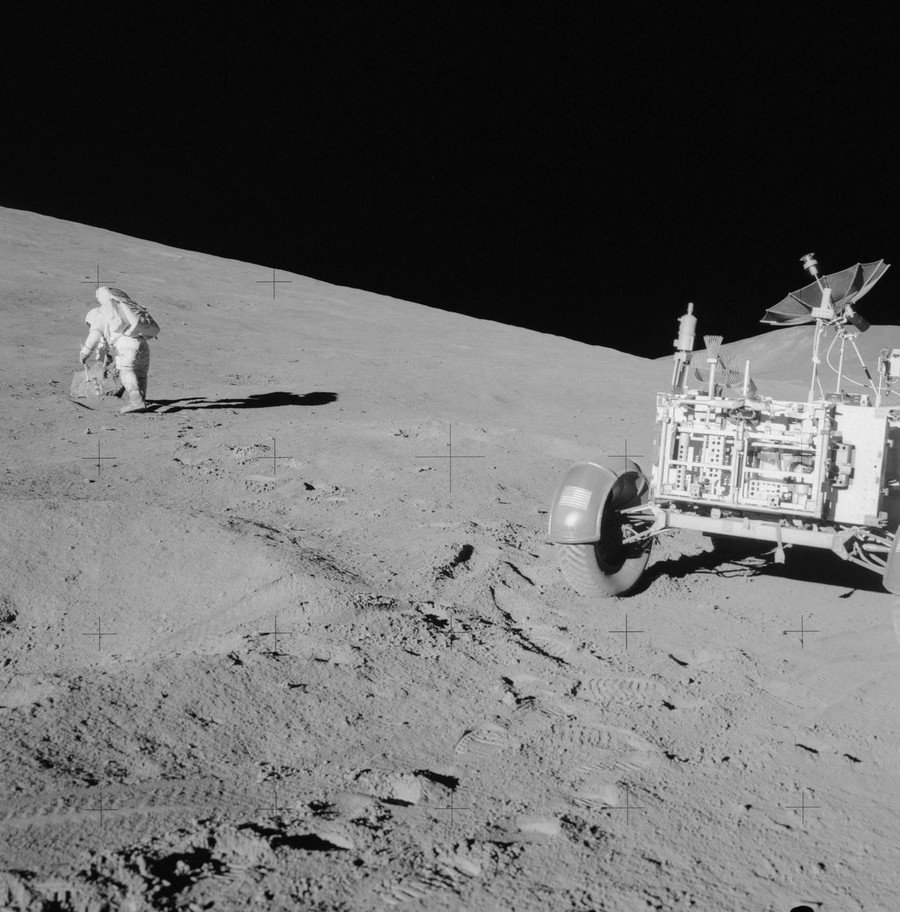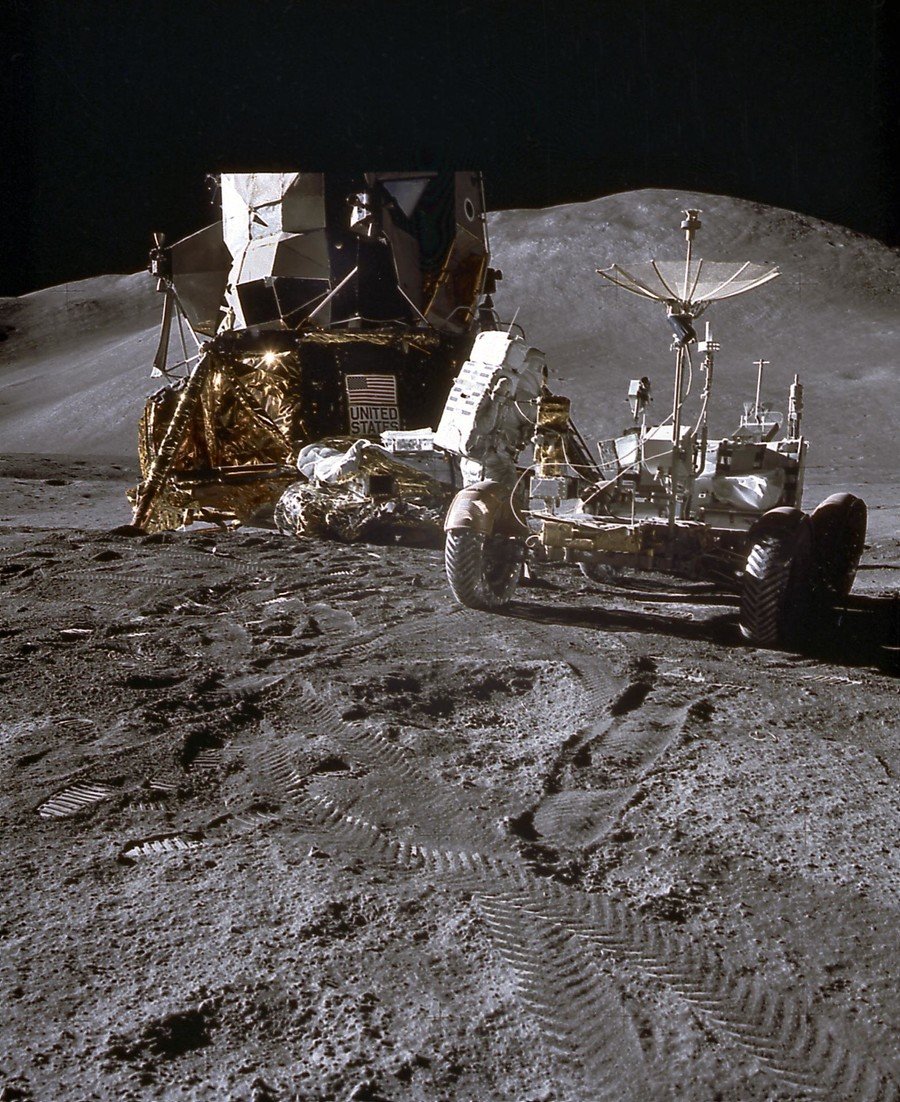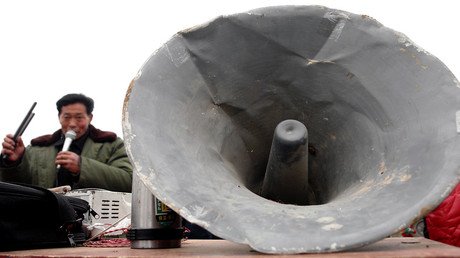Culprit in decades-old lunar mystery finally found through lost Apollo tapes

The moon’s surface unexpectedly warmed slightly during the 1970s, baffling scientists for decades as to the cause. Now, data originally collected by the NASA Apollo moon missions has been recovered – and offers an answer.
During the Apollo 15 mission in 1971 and Apollo 17 in 1972, astronauts deployed probes to measure the moon’s temperature in an effort to learn whether the core was hot like Earth’s, and to understand how heat moves from the moon’s core to its surface.
READ MORE: Scientist predicts our future will be ‘worse than extinction’
After eight years of carefully recovering lost data from the Apollo space missions, researchers have tracked the root of the temperature shift. Their findings, published in the Journal of Geophysical Research: Planets, point to human interference on the lunar surface as the culprit.

Lost Tapes
The probes measured the temperature on the lunar surface and subsurface until 1977, sending data back to the NASA Johnson Space Center in Houston where it was recorded on tapes. The tapes were then passed on to be archived. However, it later transpired that only tapes from 1971-1974 were archived – the others were assumed lost.
In 2010, a number of planetary scientists decided to search for the lost tapes from 1975-1977, hoping they could provide answers to a host of questions – particularly, why the temperature increased after the probes were inserted. While some believed the increase was caused by the astronauts’ presence, others speculated it could have been due to changes in the moon’s orbit.
READ MORE: Celestial mystery: Riddle of strange gas jets from Rosetta's comet solved (VIDEO)
The team discovered NASA had actually created a separate set of tapes for archiving – finding 440 tapes dating from April-June 1975 at the Washington National Records Center in Suitland, Maryland.
They also found weekly logs recording the probe’s temperature readings from 1973-1977 at the Lunar and Planetary Institute in Houston. This gave them enough information to begin to understand the reason for the moon heating.
Moon mystery solved
The scientists then spent years recovering and analyzing the data. They found that the probes which were closer to the moon’s surface registered an earlier and greater temperature increase, suggesting the heat started at the surface before making its way down to the probes located deeper in the moon.
They also looked at images of the moon’s surface, which showed how the missions disturbed the surface where they landed. This made the lunar soil darker, meaning it absorbed more heat from the sun.

After all this analysis, it became clear that the reason for the temperature increase was the astronauts on the Apollo missions themselves. The space travellers disturbed the surface of the moon when they landed and walked on it. The darkened soil meant the moon reflected less of the moon’s surface, causing it to increase by 1-2 degrees Celsius (1.8-3.6 degrees Fahrenheit).
"It doesn't take much disturbance to get that very subtle warming on the surface," Seiichi Nagihara, the study’s lead author and planetary scientist at Texas Tech University, said.
The study found, perhaps unsurprisingly, that it’s nearly impossible to send astronauts or instruments to the moon without messing with the surface environment.
"In the process of installing the instruments you may actually end up disturbing the surface thermal environment of the place where you want to make some measurements," Nagihara said. "That kind of consideration certainly goes in to the designing of the next generation of instruments that will be someday deployed on the moon."
Like this story? Share it with a friend!















